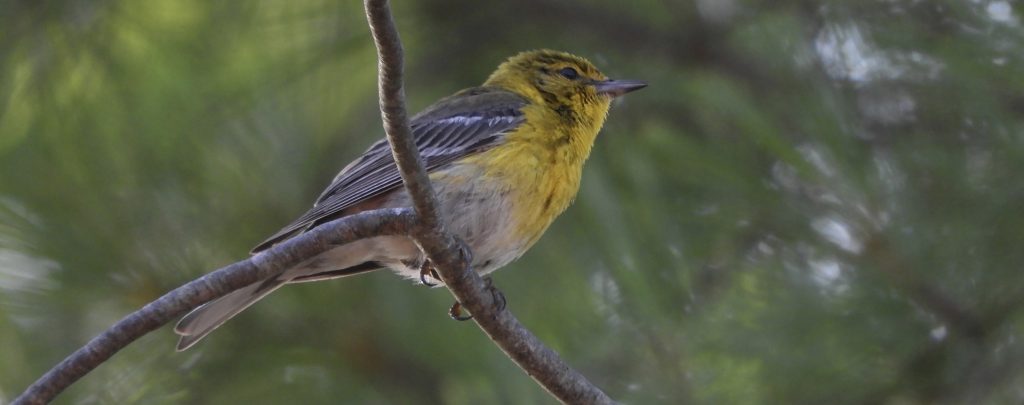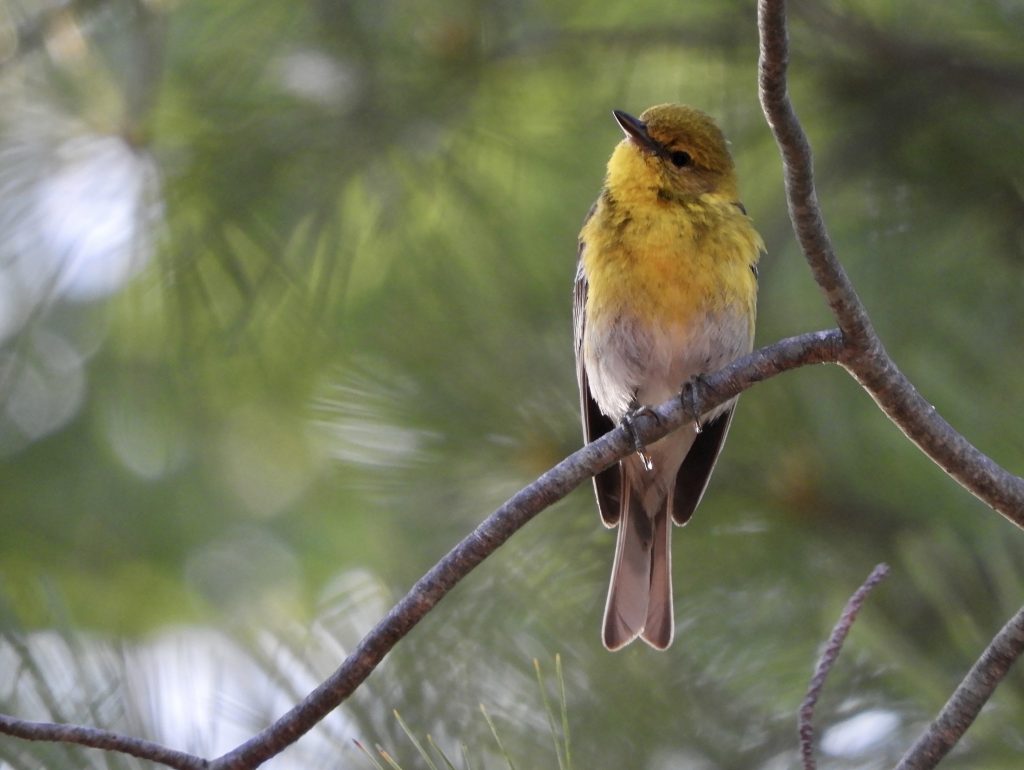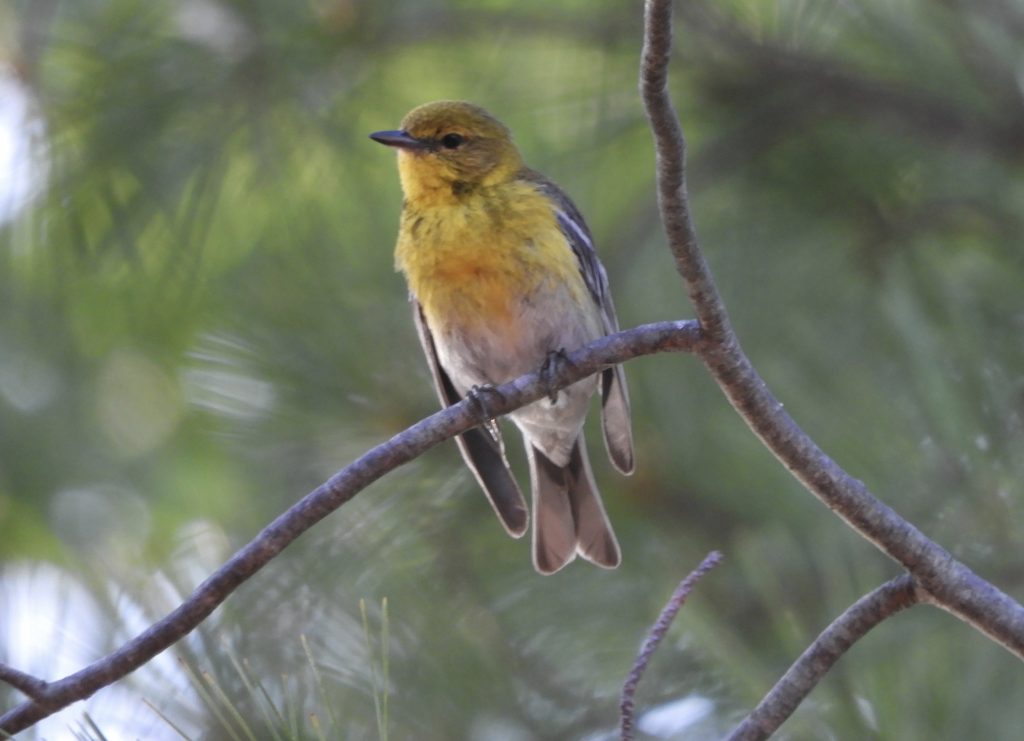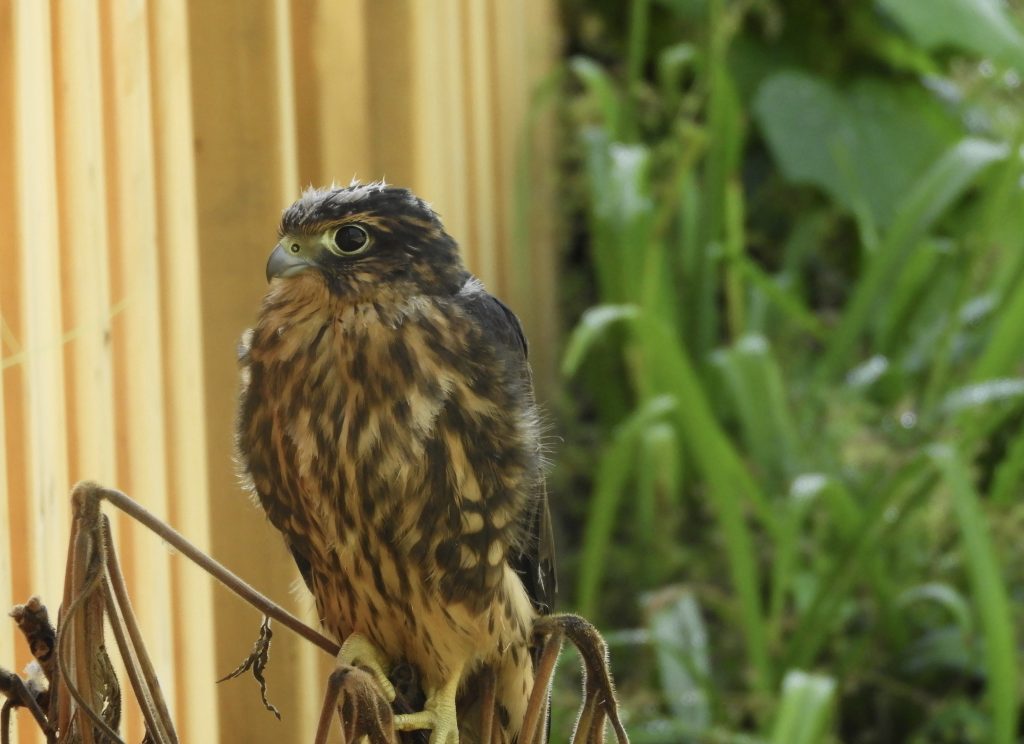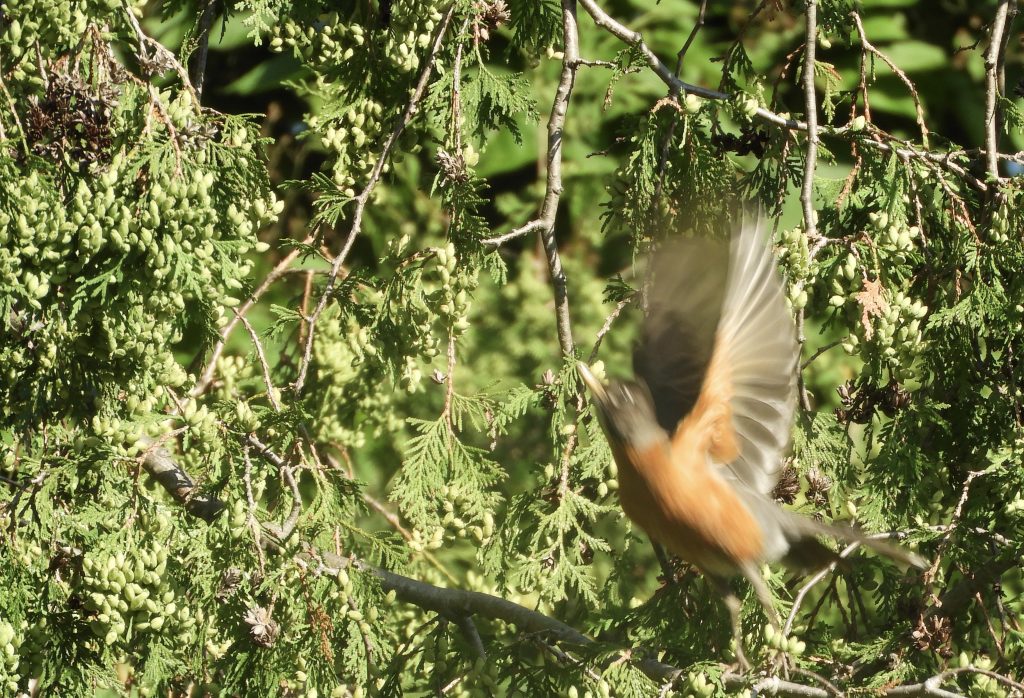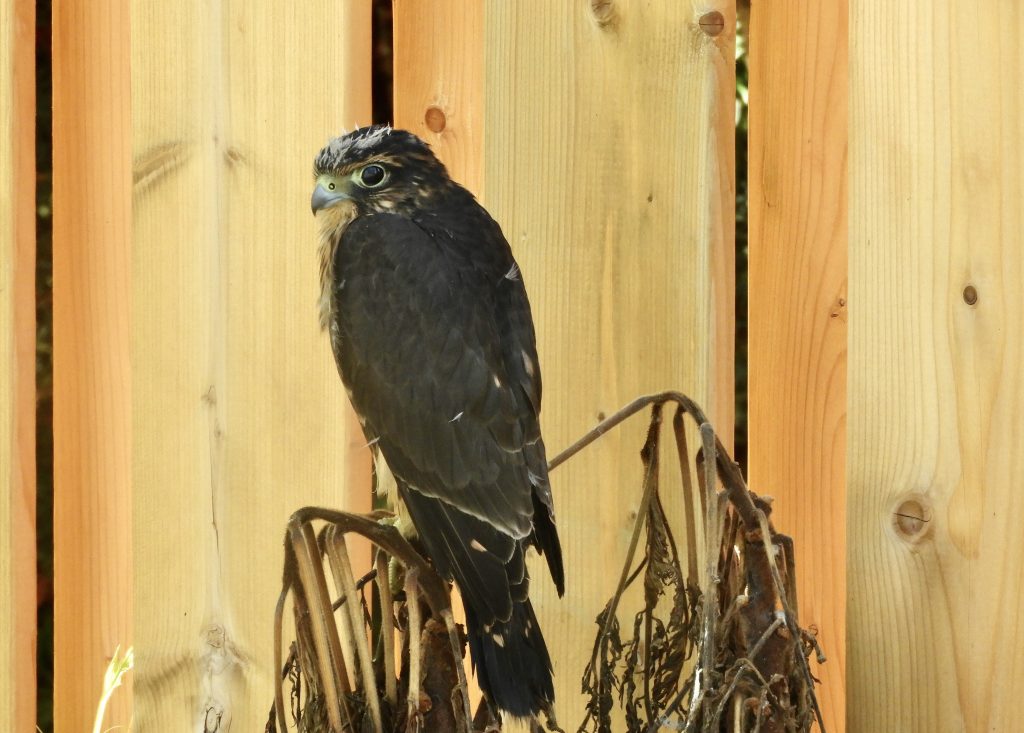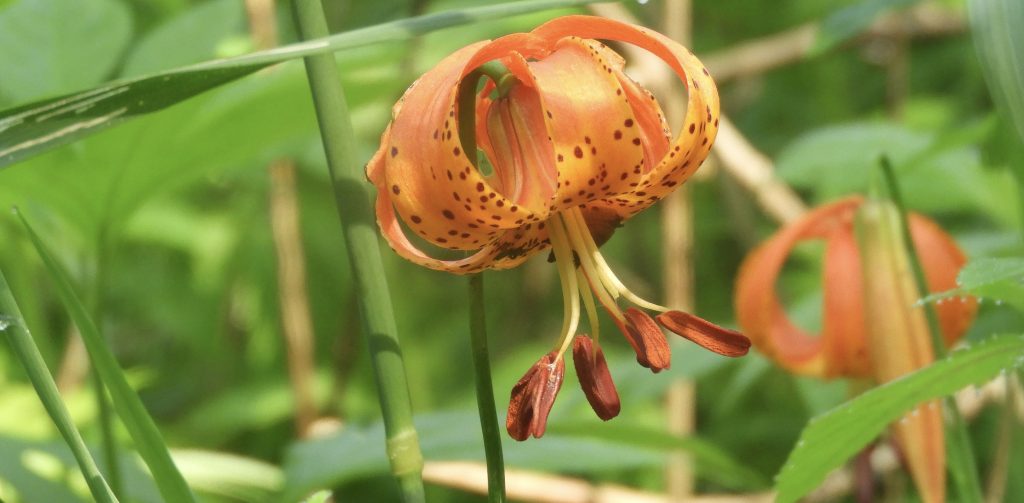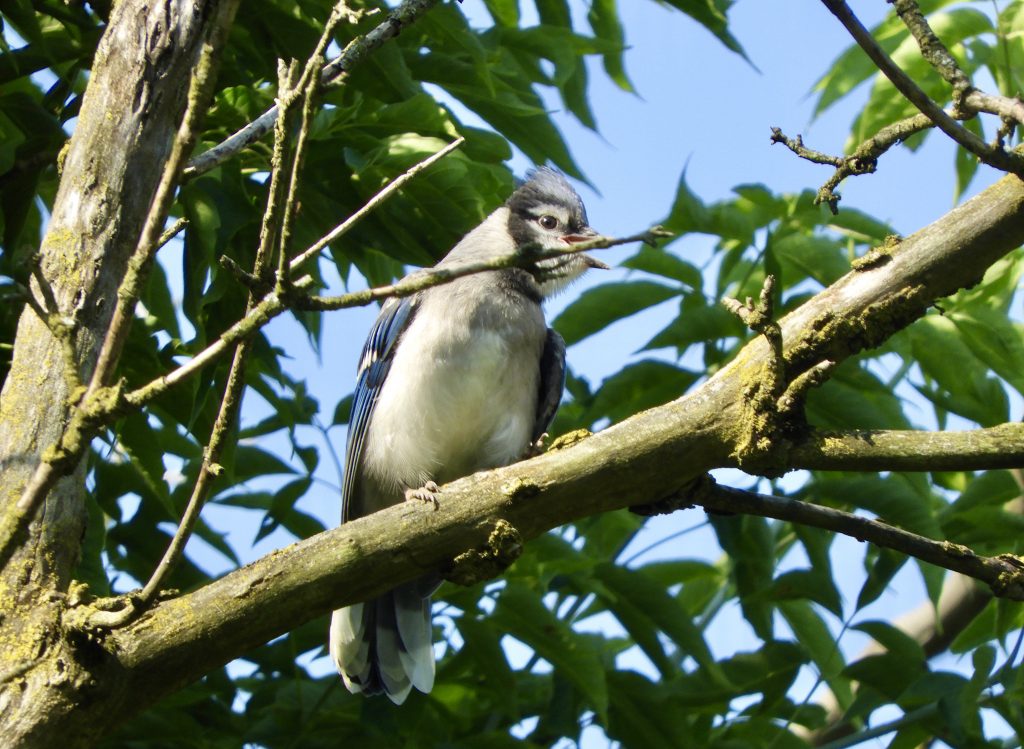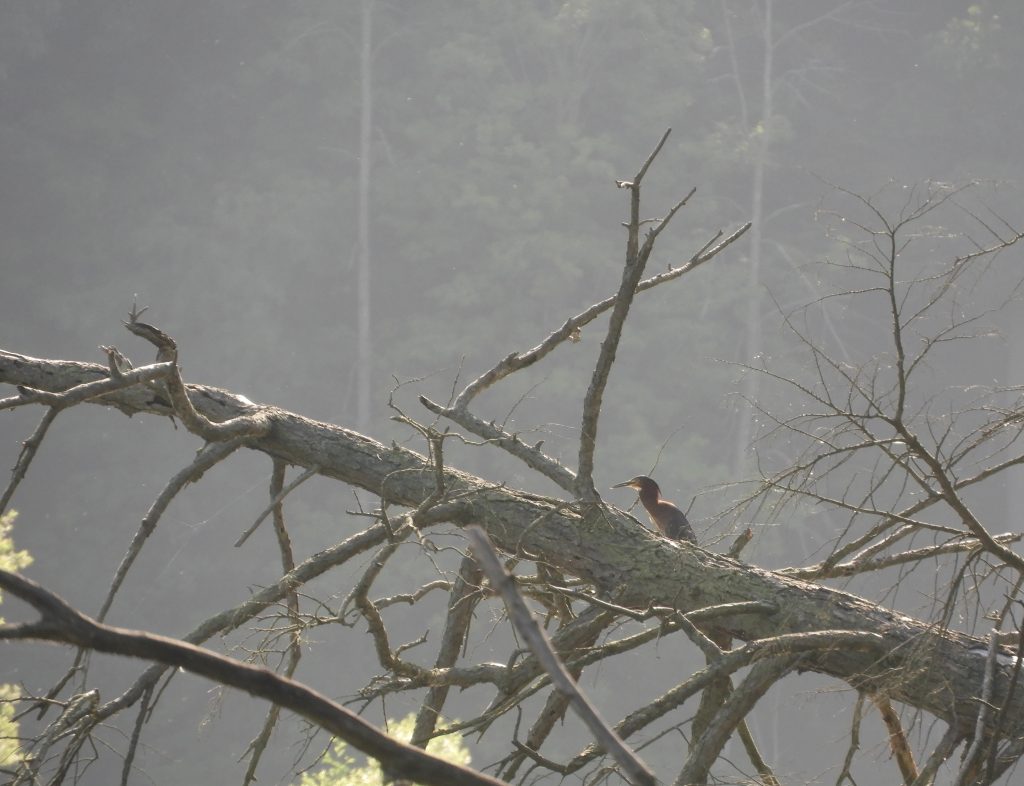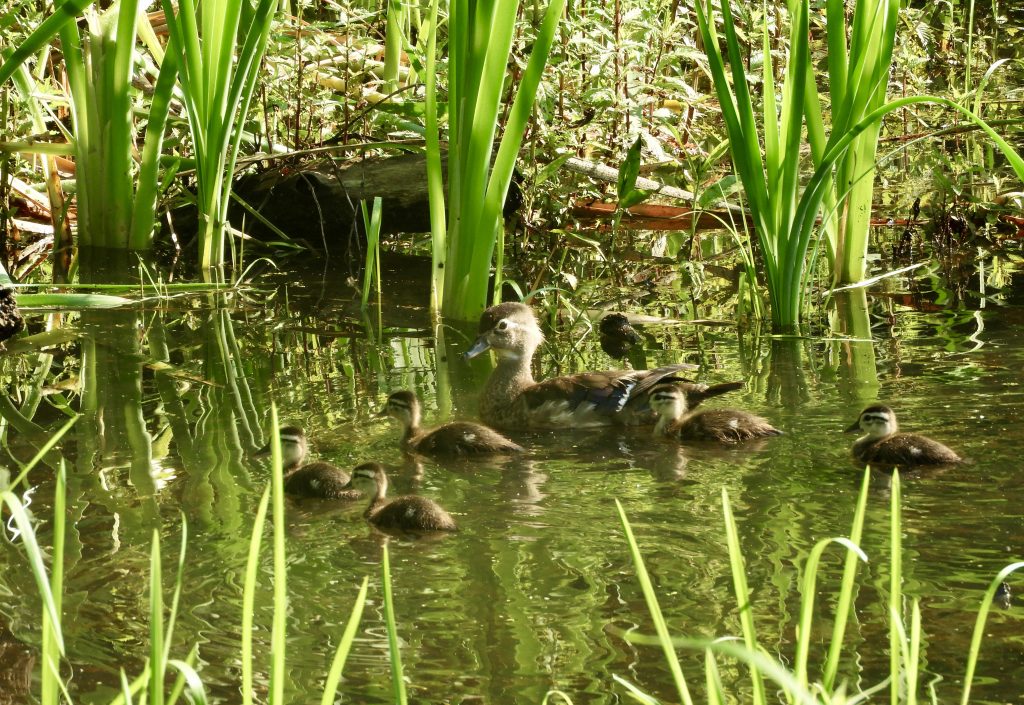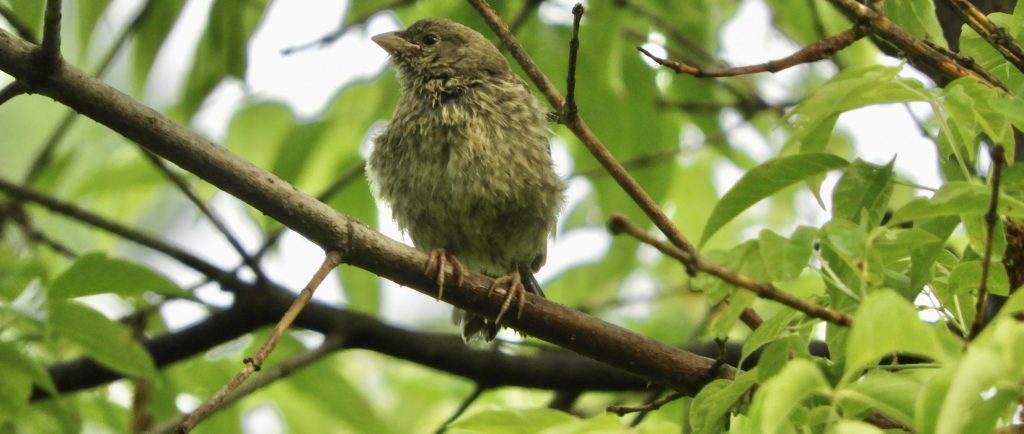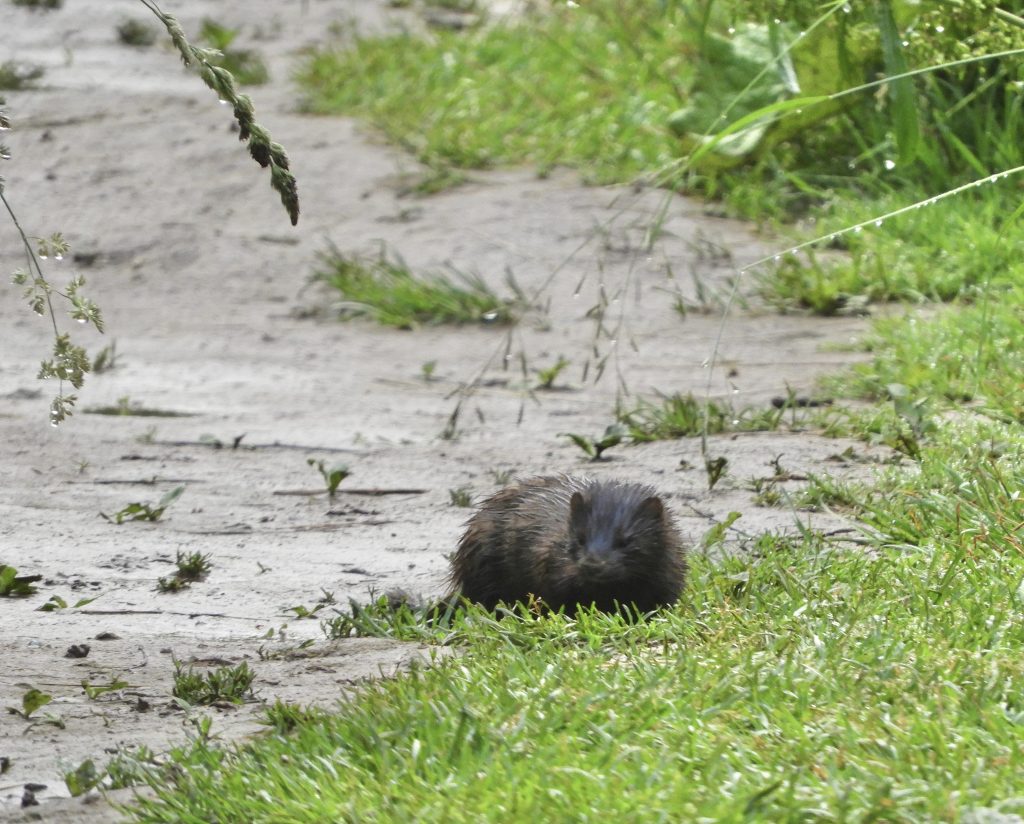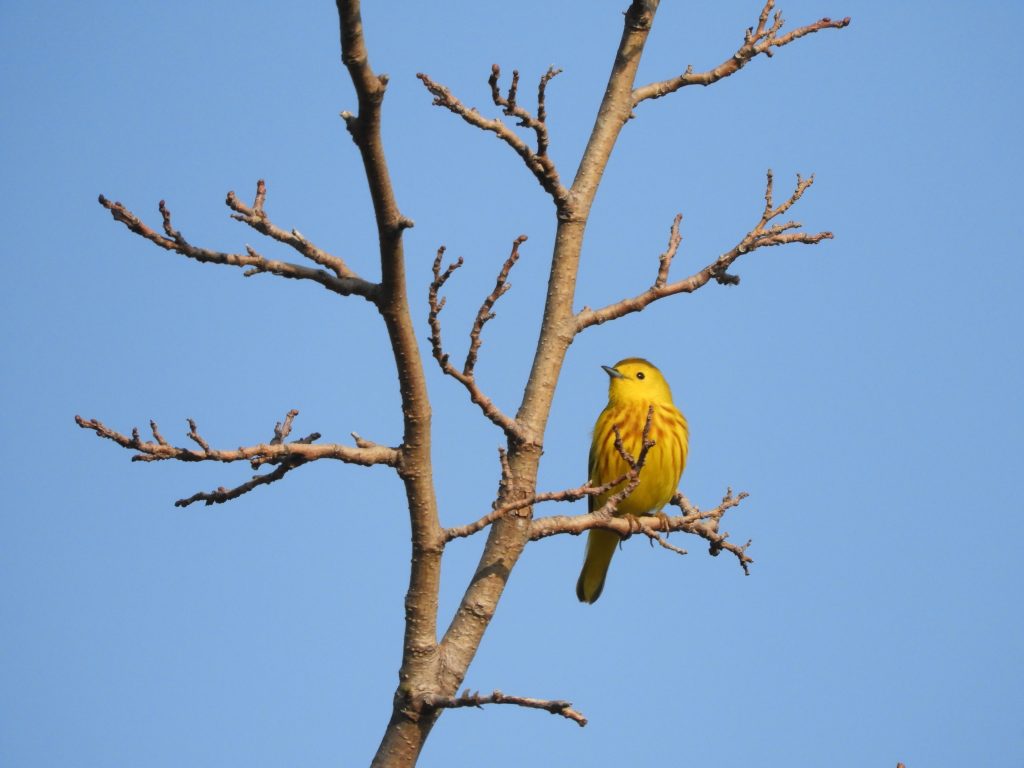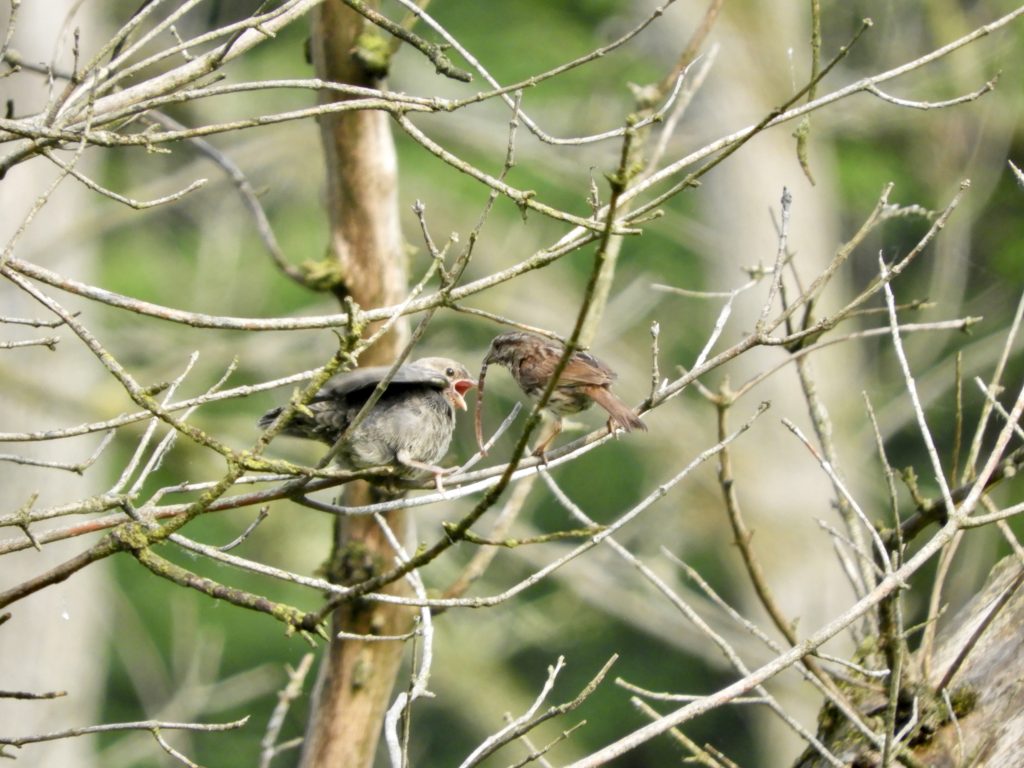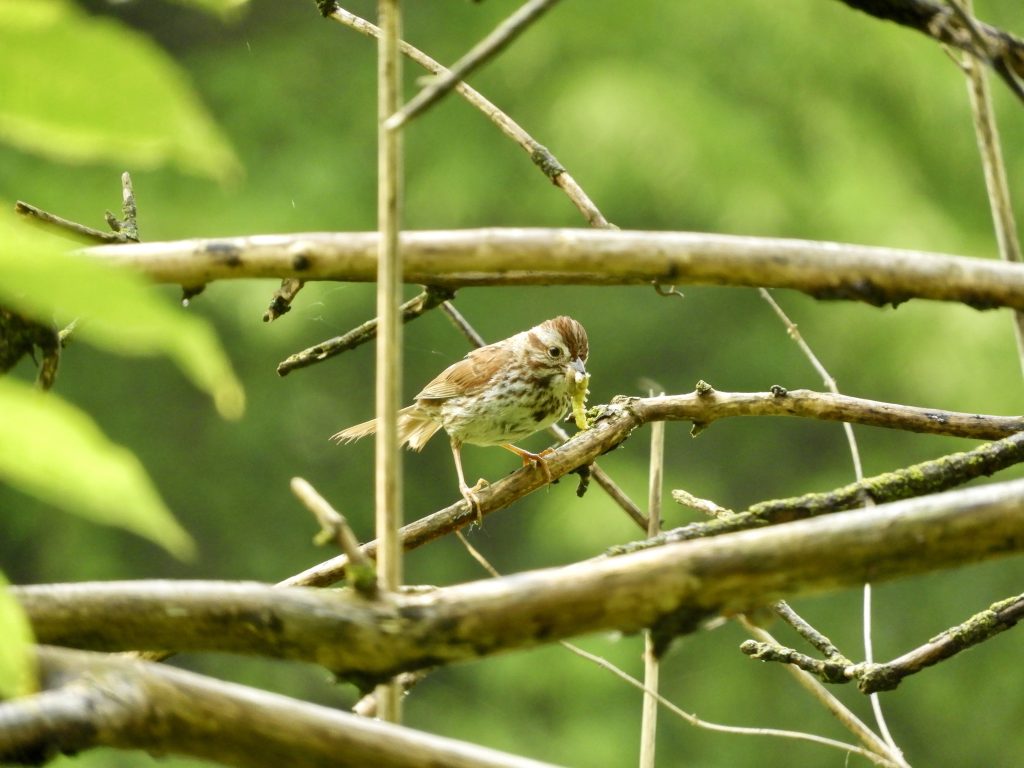 Hendrie Valley, Burlington. ON. August 27 2023. When I immigrated to Canada several decades ago I was thrilled to see an Osprey – a lifer. I have no recollection of exactly when or where, but it was a near-impossible, undreamt-of sighting for me. Throughout my British growing-up, Ospreys were absent and wrapped in vague mythology that had much to do with Britain’s centuries old land-ownership system.
Hendrie Valley, Burlington. ON. August 27 2023. When I immigrated to Canada several decades ago I was thrilled to see an Osprey – a lifer. I have no recollection of exactly when or where, but it was a near-impossible, undreamt-of sighting for me. Throughout my British growing-up, Ospreys were absent and wrapped in vague mythology that had much to do with Britain’s centuries old land-ownership system.
Osprey is the only raptor that plunge-dives to catch live fish as its main food source. In the U.K in the 19th and early 20th centuries, its highly successful catching technique put Ospreys squarely in conflict with British land-owners unable to tolerate the idea that ‘their’ salmon was being fished by someone else. So, they shot them and destroyed their nests, or at least instructed their gamekeepers to do so. And then Ospreys were extirpated, all gone.
That is yesterday’s Osprey persecution story, and I wonder whether the battle really was fought over salmon, surely the rivers and estuaries held other less exclusive species. Perhaps the Osprey was never particularly abundant in the British Isles. In any event they were gone.
Then, sometime in the mid-1950s, a pair of Ospreys showed up to nest in Scotland. It caused quite a welcoming fuss, attitudes towards wildlife had changed and the Ospreys were back. Even so, these returning Ospreys were inaccessible to ordinary folks: the nest was on private land and somewhat remote, also it was closely guarded, protected from many still-active egg-collectors. Nevertheless, it was a very good news story and there are now some 250 Osprey pairs breeding in the U.K.
Today’s Osprey persecution story touches on wireless technology; wouldn’t you know it. Ospreys build a large platform nest on high vantage points, places like commanding tree-tops and telecommunication towers. Service personnel dislike their workspaces being cluttered with fishy remains and other ejecta that accompanies with child-rearing, so owners of those towers recently started installing ingenious Osprey exclusion devices. The devices work well and Ospreys have been persuaded to leave the once productive and fishy hunting ground around here. I miss them, and that takes me to today’s Bird of the Day.
Walking the valley this morning with everything wet and recovering from a heavy overnight thunderstorm it seemed there were few birds anywhere. It was the sort of silence characteristic of the late summer pause when it’s time for fuelling up while food is abundant. Dodging slippery puddles, I glanced up and was very pleased to spot this Osprey. Maybe a pair has found somewhere to raise their young despite the best efforts of the guardians of technology. My Bird of the Day.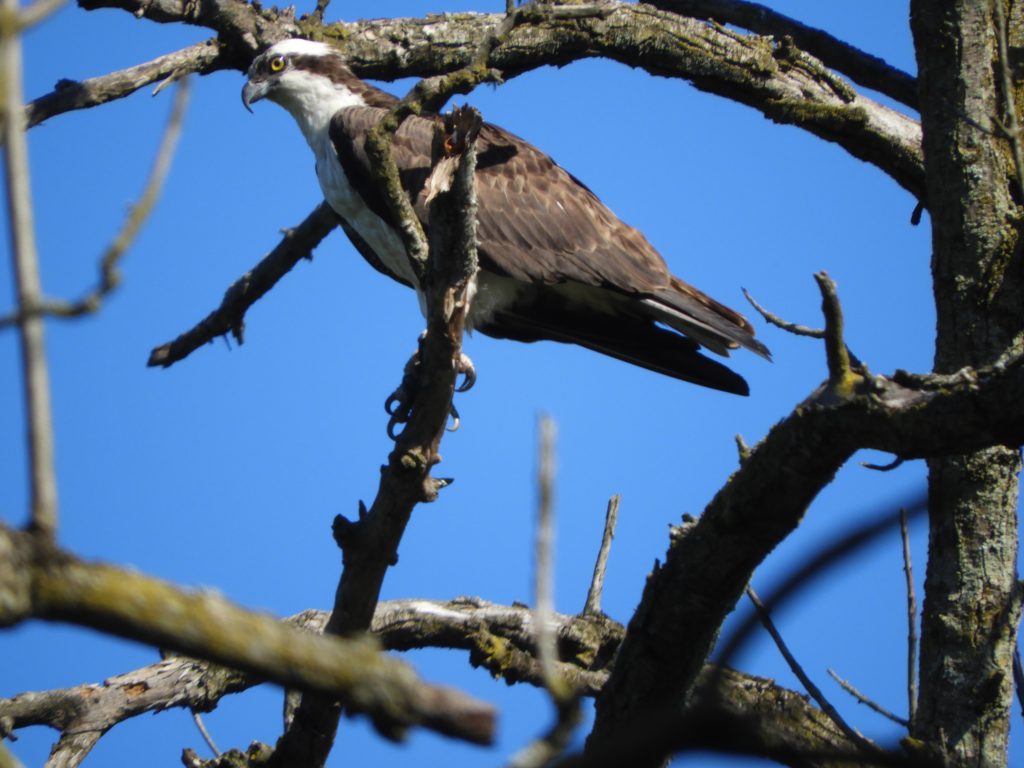
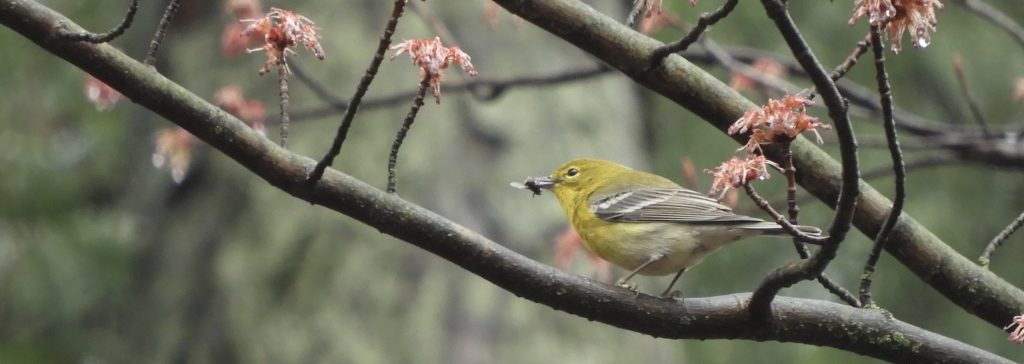 Mount Julian. ON. July 19, 2023. That quiet found in the hour as the sun rises is nowhere better experienced than on the shore of one of thousands of lakes scattered throughout the once-ancient forests of Ontario.
Mount Julian. ON. July 19, 2023. That quiet found in the hour as the sun rises is nowhere better experienced than on the shore of one of thousands of lakes scattered throughout the once-ancient forests of Ontario.